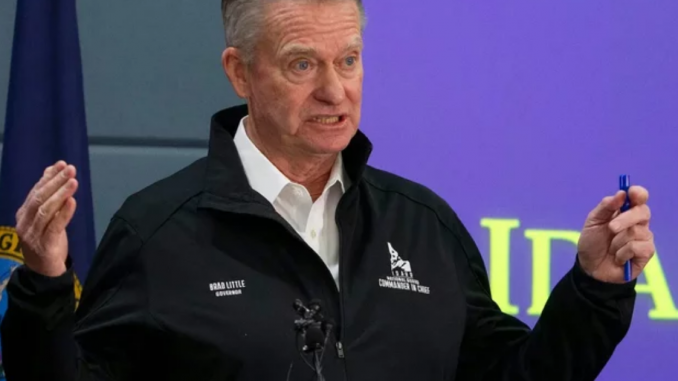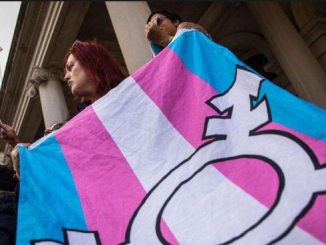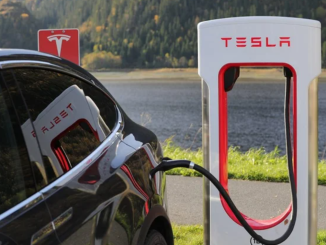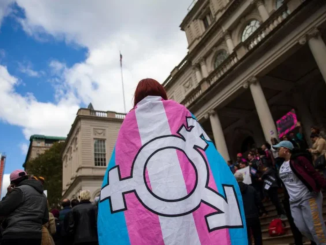
Many states that are have almost recovered to pre-pandemic employment levels are led by GOP-governors that have recently cut federal unemployment benefits.
New monthly data from the Bureau of Labor Statistics show that several states that have cut the extra $300 weekly federal unemployment benefits are closer to pre-pandemic employment relative to others. When ranking the states which are closest to their February 2020 employment levels as of June 2021, 13 of the top 15 are states that have cut unemployment benefits earlier than the September expiration.
Twenty-six states are ending extra unemployment benefits early. Louisiana is the first Democratic-led state in this list after a bill that will raise the state’s regular weekly benefits by $28 a week in 2022, but only if Louisiana ended pandemic benefits on July 31, as reported by Insider’s Joseph Zeballos-Roig and Juliana Kaplan. However, Louisiana remains far below its pre-pandemic employment level, at 7.8% below February 2020 employment as of June 2021.
As seen in the following map, some states still have a longer way to go until they reach nonfarm payroll employment from before the pandemic.
Idaho, which ended its participation in federal benefits on June 19, and Utah, which ended federal benefits on June 26, are the only two states above their pre-pandemic levels. Both of these states have had higher employment than in February 2020 since the beginning of this year.
BLS wrote in the latest release that Arizona, which just ended federal pandemic unemployment benefits on July 10, had the largest month-over-month percent change in nonfarm employment at 1.3%. Nevada, one of the states not cutting benefits early, followed closely behind with a percent change of 1.2%.
But some other states cutting federal benefits are still far below employment in February 2020 including Alaska and Wyoming. Hawaii and New York on the other hand aren’t cutting benefits and are still lagging behind in recovery, with percent changes from February 2020 to June 2021 at -14.1% and -9.5% respectively.
But cutting unemployment benefits may not be the answer to get people back to work
A recent JPMorgan note said there’s “little sign of any differential improvement in unemployment claims or in several spending and activity measures in these states” as reported by Insider’s Juliana Kaplan, referring to the states ending benefits.
Heidi Shierholz, a senior economist and the director of policy at the Economic Policy Institute, told Insider that ending benefits early is a “massive mistake” and doesn’t make any “economic sense.”
“We still have a weak labor market,” Shierholz said. “People are depending on those benefits, and they’re injecting a ton of federal cash dollars into those states.”
The US is still down almost 6.8 million jobs from its pre-pandemic level after the US gained 850,000 jobs in June.
Some governors of the states that have cut the benefits early have cited labor shortages and are aiming to get workers back into the labor force, but Shierholz said labor shortages are isolated.
Plus, job search is down in some of the states cutting benefits early according to Indeed data up to mid-June.
“If overly generous federal UI benefits were holding back job seekers, then we would expect search activity to increase, relative to the national trend, in states where those benefits have ended,” Indeed wrote.
*story by Business Insider


